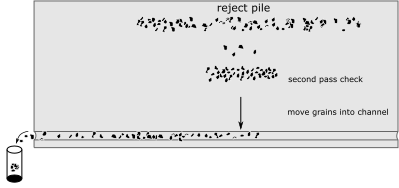Picking Feldspar¶
How to pick feldspar separates for Ar/Ar Analysis.
Safety
Brightness of scopes.
Workspace Preperation¶
Wipe down all surfaces with water and ethyl alcohol.
Inspect and clean equipment.
Picking Tools
Plates
Choose a plate that has a constrasting color to the types of grains you are working with. For plagioclase separation it is best to pick with a glass plate using transmitted light. This allows the identification of crystals with inclusions, which need to be avoided.
Picks
Brush
Placing sample on a plate
Pour a small amount of the sample onto one side of the picking plate. Then, using a brush, spread a thin line of grains across the plate. A thin line will make it easier to focus on each grain while being able to compare it to other grains.
Take a small amount grains from the pile and spread them across the plate.
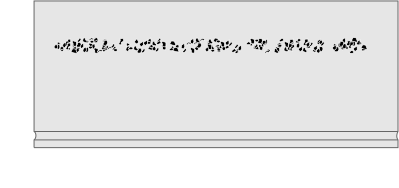
To begin picking grains, you want to quickly pick grains that are uniform and represent the majority of the sample and avoid signs of alteration or inclusions. You don’t want to spend too much time analyzing each grain, another more careful pass will be made on the grains in the next step. For now, quickly reject grains that do not look adequate.
Bring ‘good’ grains to the bottom of the plate and ‘bad’ grains to the top.
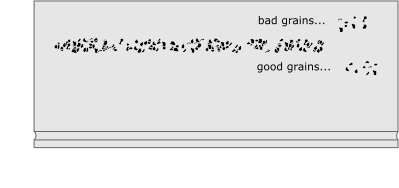
First Pass grain picking
You should end up with two distinct piles of grains of ‘good’ and ‘bad’.
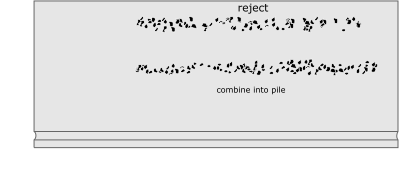
Second Pass
Once the line of grains has been gone through, brush the ‘good’ grains to the bottom of the plate and recombine them into a pile. Here you will be able to compare the grains more closely to one another and reject grains that appear to be more altered than others.
From the second pass pile, move grains into the trench at the bottom of the plate.
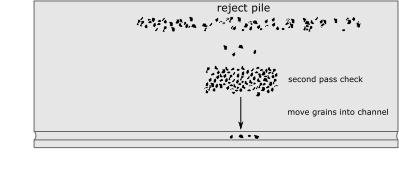
Go through the pile and move the accepted grains into the ‘trench’ and move the rejected grains up to the top to the plate with the rest of the grains.
Brush good grains into a vial.
